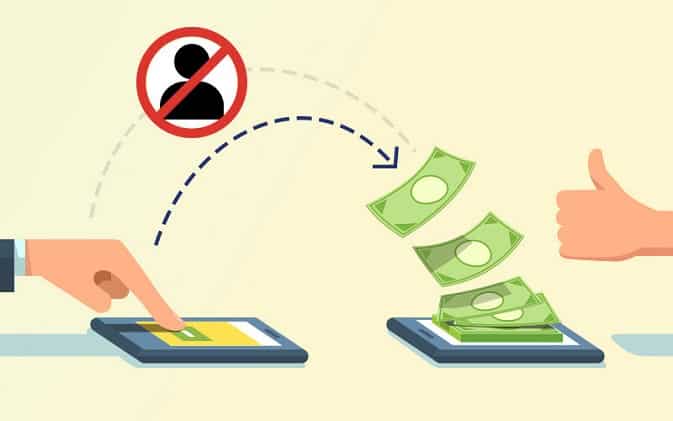Demystifying DBT: A Guide to Direct Benefit Transfer in Banking

What Is Dbt In Banking?
In the realm of banking and government initiatives, acronyms like DBT can be confusing. But understanding what DBT stands for and how it works can be empowering, especially when it comes to receiving financial benefits. This article delves into the world of DBT in banking, explaining its purpose, benefits, and how it functions.
What is DBT?
DBT stands for Direct Benefit Transfer. It’s a government program designed to streamline the distribution of subsidies and benefits to eligible beneficiaries. Traditionally, these benefits were often distributed through intermediaries, which could lead to delays, discrepancies, and even leakage of funds.
Core Principles of DBT
- Direct Transfer: Funds are electronically transferred directly into the beneficiary’s bank account, eliminating the need for intermediaries and ensuring transparency.
- Targeted Approach: Benefits are linked to a specific beneficiary through their Aadhaar number (a unique identification number in India) or similar identification systems, ensuring the intended recipient receives the funds.
- Financial Inclusion: DBT encourages beneficiaries to open bank accounts, promoting financial inclusion and access to banking services.
Benefits of DBT for Beneficiaries
- Increased Efficiency: Faster and more streamlined delivery of benefits compared to traditional methods.
- Enhanced Transparency: Clearer visibility of the transferred amount and reduced risk of misappropriation.
- Convenience: Direct access to funds through bank accounts.
- Empowerment: Financial inclusion and the ability to manage finances more effectively.
How does DBT work in banking?
- Government Initiative: The government identifies beneficiaries and the amount they are entitled to receive.
- Data Integration: Beneficiary details, including bank account information and Aadhaar number (or equivalent), are linked to a central database.
- Electronic Transfer: Funds are electronically transferred directly from government accounts to the beneficiaries’ bank accounts.
- Alert and Verification: Beneficiaries typically receive SMS or email notifications regarding the transfer, allowing them to verify the transaction.
Important Note: This explanation is based on the concept of DBT in India. Specific implementations and details may vary depending on the country.
In conclusion, DBT represents a significant advancement in the distribution of government benefits. By leveraging the power of electronic transfers and bank accounts, DBT promotes efficiency, transparency, and financial inclusion for beneficiaries. By understanding DBT, you can be better prepared to receive and manage your financial benefits electronically.


